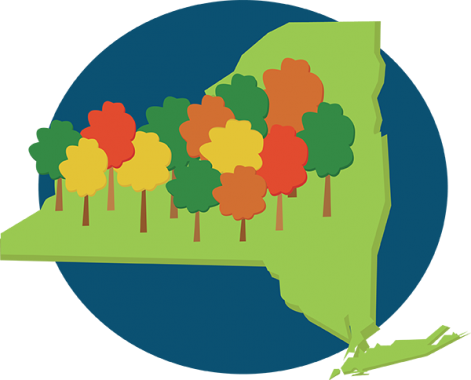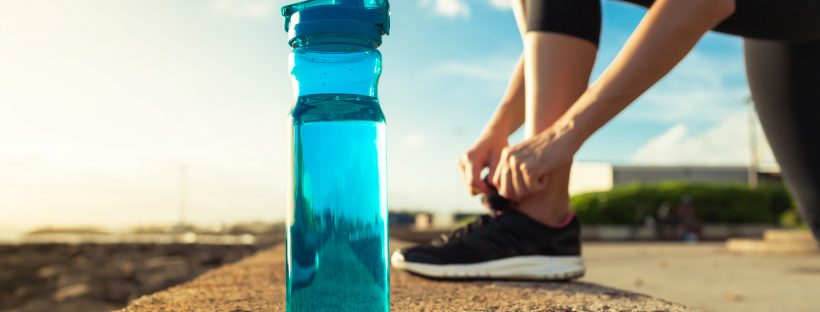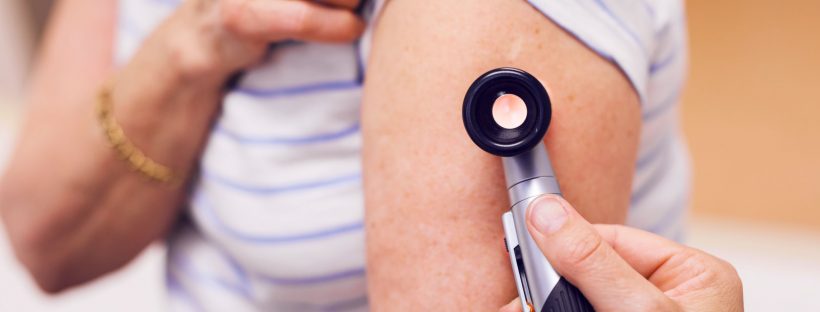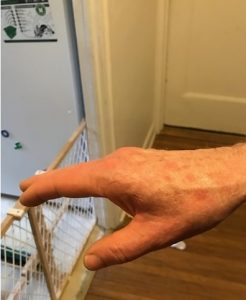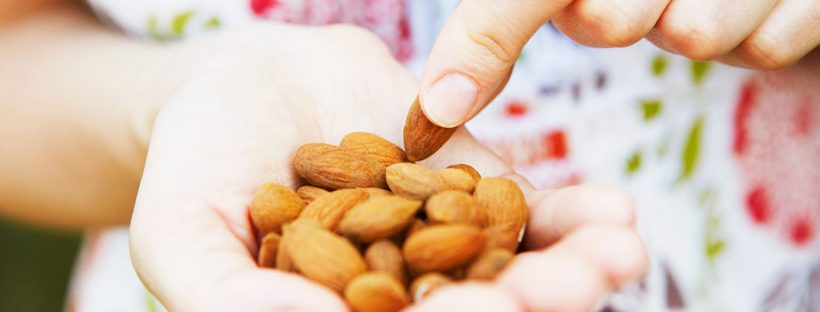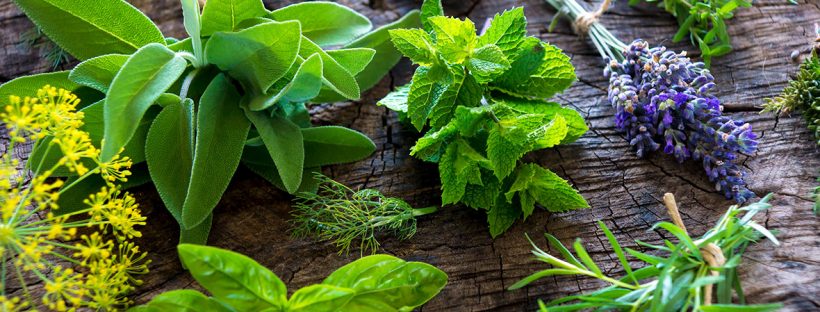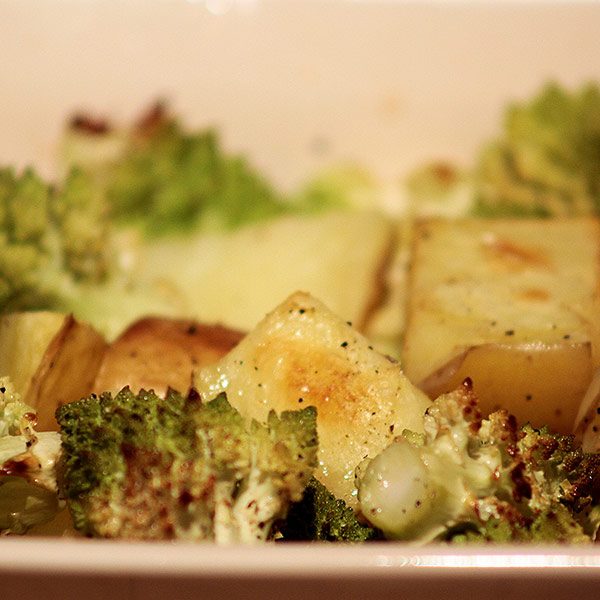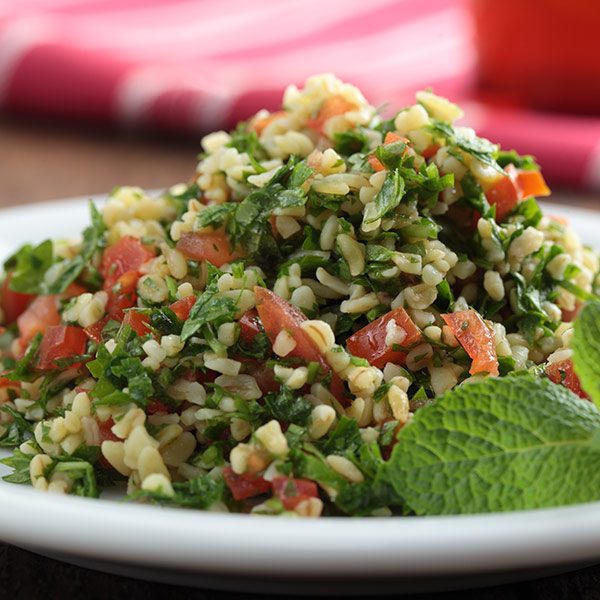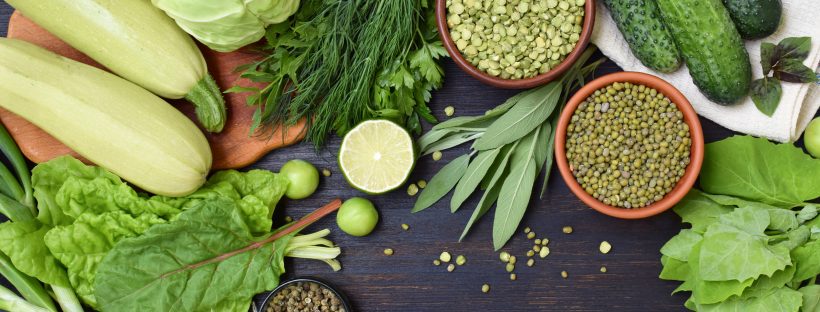Fall of 2017 had just begun. Changes were coming — I could feel it in the air. And I don’t mean just the change in seasons from summer morphing into fall, of green leaves turning brilliant shades of orange and red, and warm days transitioning to cooler temperatures.
Having asthma and chronic obstructive pulmonary disease, I find it easier to breathe in the fall. I was looking forward to breathing a little easier after the long, hot summer that featured lots of rain.
At work, I was gearing up for another open enrollment period. This is the time of year when companies choose the health insurance they are offering their employees. It always brings many new changes, challenges, and exhilaration for me and my colleagues in the Sales and Marketing department at Excellus BlueCross BlueShield.
Letting pride and stubbornness get the best of me
As I sat home doing what I usually do on Sundays — watching football — I suddenly noticed that I was having difficulty breathing. Grabbing my inhaler, I took a few puffs, only to realize that my fast-acting Inhaler wasn’t acting fast. As a matter of fact, it wasn’t acting at all.
For a while, I kept telling myself that if I just relax on the couch, I would soon feel better. As time went on, though, I wasn’t feeling better — I was feeling worse. Pretty soon, I could barely breathe. It wasn’t long before I was sweating and hyperventilating.
Finally, I had to admit to myself that a trip to the emergency room was in my very near future. To do that, I needed to get dressed. I was NOT going in my skivvies.
When my wife noticed the challenge I was having getting dressed, she offered to call the ambulance. “Nooooo, don’t call the ambulance,” I wailed. “I can make it to the car.”
It was pride, or foolish pride and stubbornness, getting the best of me. I didn’t want the neighbors to see me being hauled off in the ambulance.
“911. What is your emergency?”
Ignoring my protest, my wife did call an ambulance, which prompted cries along the lines of, “Oh dear God! They’re coming to take me away.”
Thoroughly embarrassed, I arrived at the emergency room of my local hospital, where my diagnosis was so bad that it prompted a transfer to Crouse Hospital. I had a pneumothorax. In layman’s terms, I had suffered a collapsed lung due to an abnormal collection of air between the lung and the chest wall.
The treatment sounded simple enough. The medical practitioner informed me they would insert a chest tube to inflate the lung and remove fluid and air.
“Oh goodie,” I thought. “I’ll be home in no time and be able to catch the Sunday night game.” Well, I did catch the game, but it was from my bed at Crouse Hospital.
Patient versus Patience
Patience is a quality which shows that a man or woman is tolerant and has the capacity to endure pain or suffering. Patient is a word that is used for sick people.
Being a good patient requires patience. Neither one describes me. I am a horrible patient with little or no patience. After spending four days in the hospital, I was so ready to go home. My condition had improved, my lung was inflated again, and I was anxious to be discharged.
The day of my expected return home, I tried hard to be forbearing. But by 3 p.m., I still had not received my promised discharge papers. As I said, I am not a good patient and have little to no patience.
I ended up yanking out the intravenous cord attached to my arm and storming out of the hospital. I told the nurse to mail me my discharge papers. My wife was not amused.
Who says Friday the thirteenth is bad luck?
I did manage to recover enough of my strength to return to work a week later. A few days in, on Friday the thirteenth (which meant nothing to me, as I am not superstitious), I had scheduled a one-on-one with my manager.
Suddenly, I was not feeling right. Again I was having shortness of breath and starting to sweat. My fast-acting inhaler once again was not acting fast. I had seen this movie before.
I asked my manager if we could reschedule our meeting because I was not feeling well. I just wanted to get in my car, go home and lay down.
Thankfully for me, she would not let me go, insisted I did not look well and thought to call the Emergency Response Team. Again I howled, “Nooooo! Not that,” to no avail.
Dismissing my protests, the Emergency Response Team and my co-workers convinced me to stop being stubborn and get to the hospital. “Here we go again! I get to have another ambulance ride. Yeah me,” I thought wryly.
Taking corporate culture to a whole other level
Lying on the gurney in the ambulance, I had no choice but to accept my fate. Deep down, I knew that the trained and experienced people at Crouse could help me in spite of my stubbornness.
What I did not expect was my manager, Vaia Spasevski, to join me in the ambulance for the ride to the hospital. I was vaguely aware that she was standing outside the ambulance when I was getting loaded in. I thought I saw Todd Muscatello, our Corporate VP of Sales and Marketing, outside as well.
Pulling up to the hospital as if through in a fog, I finally arrived in the emergency room. The diagnosis was a collapsed lung again. I was not surprised.
What was surprising was seeing Todd and Vaia standing outside my examining room. I am still not sure how Todd got there so fast. I’m beginning to wonder if he was driving the ambulance. The two of them waited there until I went in for surgery and my wife arrived.
All’s well that ends well
The successful thoracic surgery I then underwent included a procedure to prevent air from getting between my lung and chest cavity. At this point, I no longer felt any sense of embarrassment, as it was only my wife there seeing me at my worst.
At least that feeling of relief lasted until Mark Muthumbi, Regional VP of Sales and Marketing at Excellus BlueCross BlueShield, showed up. Could it be possible that the people I work with day in and day out are so concerned with my well-being?
It took some time, but I did come to realize that many of my co-workers cared about me and were concerned about me. That convinced me to be a better patient and have more patience. This time around, I allowed myself more time to convalesce and heeded the advice to take my time returning to work.
When a minor setback occurred a couple of weeks into my recovery, I didn’t stubbornly try to ride it out by convincing myself to just rest and give it some time. I used the opportunity to call our telemedicine provider, MDLive, which saved me the trouble of making a separate doctor’s office visit.
Today, I’m thankful to be back at work. I realize that the outcome could have been a lot worse if not for the actions of my wife and my co-workers. I thank them all for their concern and well wishes. They didn’t just do it any way; they did it the “Lifetime Way,” the cultural mantra that we live by at Excellus BlueCross BlueShield.
What have I learned from this cautionary tale?
Here are some things I’ve learned from my experience:
- Be aware of what’s going on with your body. Pay attention to the smallest of signs that can point to something bigger going on.
- Be more proactive when it comes to health issues. Don’t just dismiss them, thinking that another day of rest and recuperation will make things better.
- Embarrassment, pride, and stubbornness will not help you in a medical emergency. You have to ditch all three of these and allow yourself to be put in a vulnerable position to get to the bottom of a health issue.
- There are people outside of your immediate family who genuinely care about you.
- Telemedicine is an awesome healthcare resource that can help in a myriad of situations.
- Have more patience, especially if you’re a patient.
